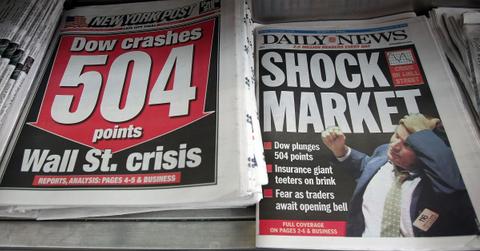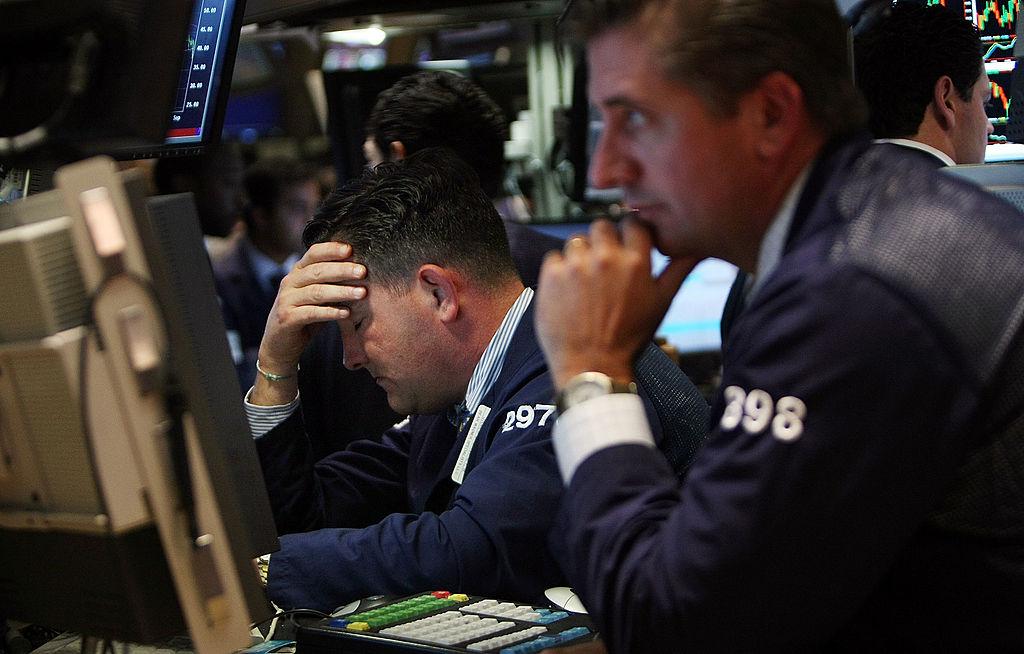How Do We Get Out of a Recession? Here’s the Scoop
Recession fears have been rising in the U.S. How do we get out of a recession? Actually, recessions are more common than many people think.
Aug. 9 2022, Published 10:47 a.m. ET
Barring the U.S. Federal Reserve and members of President Joe Biden’s cabinet, most people, both average citizens and business leaders, are worried about a recession. How do we get out of a recession? Actually, recessions are much more common than many people think.
While the Fed has been downplaying recession risks, even as the use of the term “recession” has increased in its communications, its counterpart in the U.K. sees a recession by the end of 2022.
The definition of a recession has faced controversy.
There has been some controversy over the very definition of a recession. Globally, two consecutive quarters of GDP decline are seen as a recession. However, the NBER (National Bureau of Economic Research), which calls out a recession in the country, has a more nuanced view and looks at multiple indicators, including employment, business investment, and personal income.
Importantly, the NBER doesn't see two consecutive quarters of GDP decline as recession and looks at contraction as “more than a few months.” The U.S. GDP contracted in the first two quarters of 2022, which raised fears of inflation. The GDP decline, falling bond yields, and yield curve inversion all suggest a recession is likely over the next few months.
However, the U.S. labor market has been strong and the unemployment rate fell to 3.5 percent in July, a new multi-decade low. The job market doesn't signal a recession even though most other economic indicators point to one.
How do we get out of a recession?
Recessions are common and the economy comes out of one in due course, even though the severity and duration vary. The economy comes out of recession through the “invisible hand of markets” as well as handholding and support from policymakers, which includes both the central bank and governments.
First, “markets” get working in a recession and the factors that pushed the economy into a recession start reversing. Take housing for instance. As prices fall during a recession, at some point, buyers get attracted to the market and start bottom fishing.
Similarly, during a recession, companies clear inventories and cut production. They also announce price cuts to lure buyers. As the inventory overhang recedes, companies again look at increasing production, which helps propel employment.
How do central banks help the economy out of a recession?
During a recession, central banks also take action to support the economy. For example, during the 2008–2009 and 2020 recessions, the Fed slashed interest rates to zero bound. Through accommodative monetary policy, the central banks try to spur the economy. Sales of housing, cars, and other high-ticket discretionary products tend to rise when interest rates fall. One of the reasons the U.S. housing market was so strong in 2021 was due to historically low mortgage rates.
Governments also loosen their fiscal policy to spur demand.
Governments also loosen their fiscal policy to spur demand. It can be in the form of investments in infrastructure or putting money directly into the hands of people. The stimulus checks that we saw during the COVID-19 pandemic are the best example of how the U.S. government helped the economy come out of a recession.
At times, the government also gives incentives to spur sales of products like housing and automobiles. Some countries provide incentives to homebuyers as the sector has a multiplier effect on the economy.
All of these measures have a domino effect and traction starts building in the economy. As demand increases, companies hire more workers, which fuels demand growth. This way, the economy gradually comes out of a recession.


